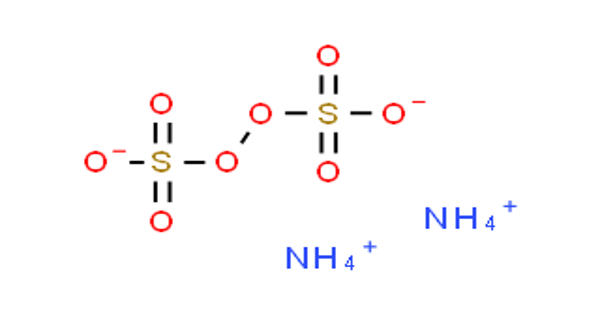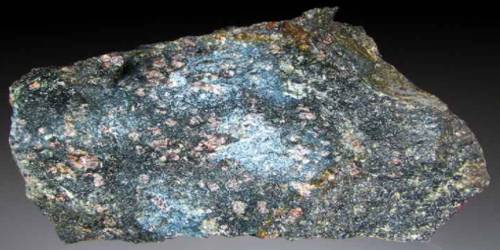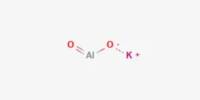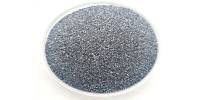The reverse osmosis technology has proven to be the most advanced way for eliminating salt from saltwater and improving access to clean water. Other uses include wastewater treatment and energy generation.
In a new study, a group of academics reveals that the mainstream explanation for how reverse osmosis works, which has been accepted for more than five decades, is fundamentally incorrect.
In the process, the researchers offer an alternate theory. Aside from rectifying the record, these findings may lead to more successful applications of reverse osmosis. The findings of the study, led by Prof. Menachem Elimelech’s group, have been published in Science Advances.
Reverse osmosis, a method developed in the 1960s, removes salt and pollutants from water by passing it through a semipermeable membrane that allows the water to pass through while preventing the contaminants.
Researchers used solution-diffusion theory to explain how it works in detail. This theory assumes that water molecules dissolve and diffuse through the membrane along a concentration gradient, moving from locations with high concentration to areas with less molecules.
Because previous measurements related to reverse osmosis were based on a faulty understanding of it on a molecular level, many attempts to advance the field have met a dead end. Having a more accurate theory to explain reverse osmosis, could open the way toward developing more effective materials and techniques to improve the process.
Professor Menachem Elimelech
Despite the fact that this idea has been generally accepted for over 50 years and is even taught in textbooks, Elimelech has long had reservations about it.
“Some of the assumptions do not make any sense,” said Elimelech, the Sterling Professor of Chemical and Environmental Engineering. For instance, he said, the theory is based in part on the idea that pressure across the membrane is constant. “Whenever you have water flow through any porous material, there is always a pressure drop.”
The research team, which comprised experts from the University of Wisconsin-Madison and Texas Tech University, used a combination of experiments and computer simulations to gain a deeper understanding of the physics involved.
They conducted models of the molecules’ motions, which demonstrated that variations in pressure within the membranes drove water transport. They also show that water molecules flow in clusters via the membrane’s network of holes. This is in contrast to the standard hypothesis, which is based on the solution-diffusion model and assumes that water molecules split in the membranes.
In addition to computer simulations, the scientists conducted tests that allowed them to watch water move across membranes. The findings revealed that the way water permeates the membrane is affected by membrane pore size, water molecule size, and water viscosity. This was also contradictory to the solution-diffusion model.
Overall, the calculations and observations proved that reverse osmosis is driven by pressure fluctuations within the membrane rather than molecule concentration.
“Because previous measurements related to reverse osmosis were based on a faulty understanding of it on a molecular level,” Elimelech said, “many attempts to advance the field have met a dead end.”
“Having a more accurate theory to explain reverse osmosis,” he said, “could open the way toward developing more effective materials and techniques to improve the process.”
















